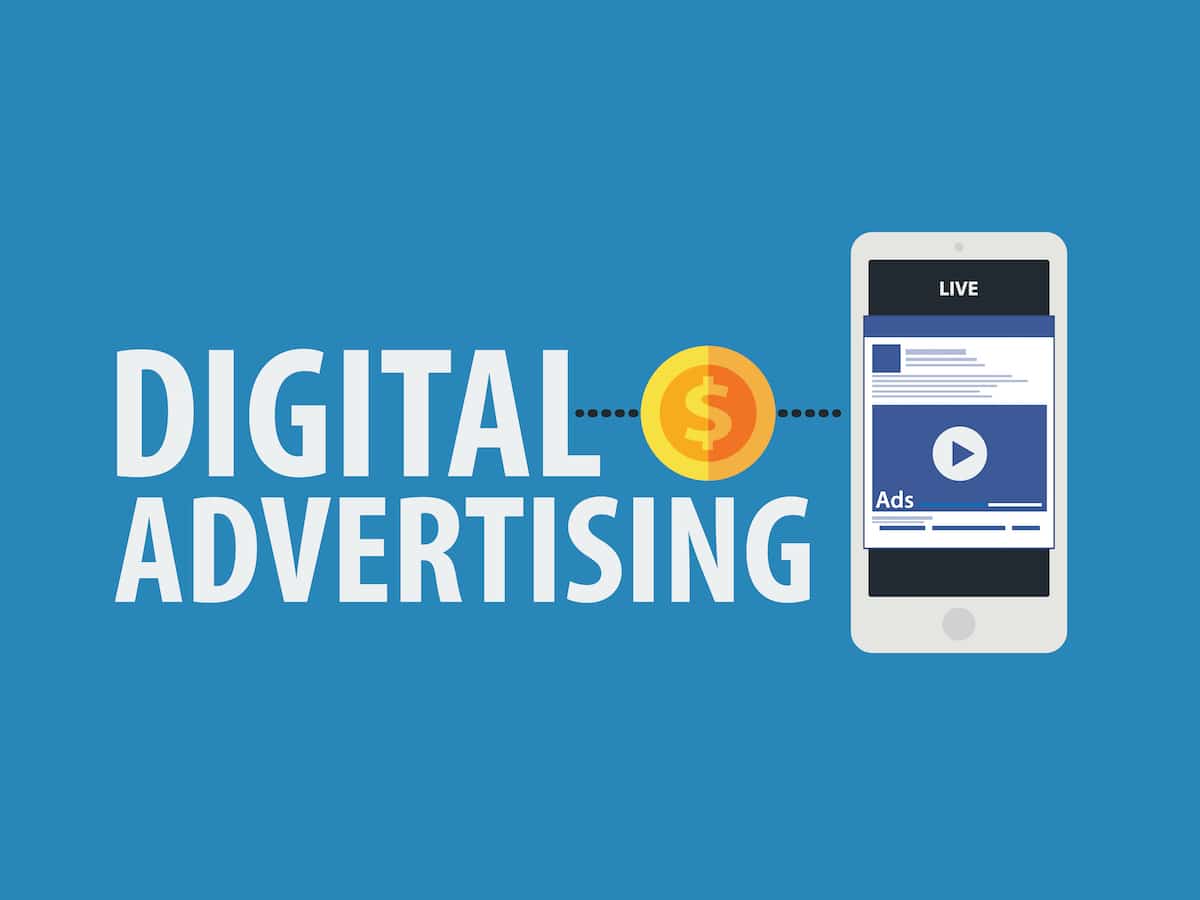
Recent estimates indicate that Facebook has over 2.6 billion users. And the typical active user spends nearly 40 minutes a day on the platform. With such a broad potential audience that consistently visits the site, it’s no wonder that today’s marketers are placing a concerted effort on social media advertising, especially with Facebook.
Facebook ads are far more cost-effective and easier to track than other forms of online advertising. The optimization capabilities make it easy for you to stay in control of your ads. But to capitalize on the benefits that Facebook advertising provides, you need to know how to run a successful Facebook advertising campaign.
Check out this list of six recommendations so that you, too, can plan an effective campaign that’ll hopefully move the mark for your business.
Determine your goal.
Avoid the temptation to create a campaign for the campaign’s sake. Think through what it is that you are trying to accomplish. What is your call to action (CTA)? What is it that you are trying to do? Before launching any campaign, make sure that your goals are specific, measurable, actionable, realistic, and time-bound.
For example, if you have a sale coming up and want to get more people in the doors, be sure to focus your ads on capturing people who are interested in attending the sale event. Catch their attention with language that depicts what they’ll actually be getting out of the sale. If you can promise something specific, like saving 40% off on furniture, that’s even better.
Know what is important to your customers.
To do this, create a customer profile of the most likely people to purchase your products or services. Conduct a market assessment to see what you can learn about your customers. Look at the needs you have identified during your research and assess how your offerings align. Design your to attract a customer, draw them in, and help them understand how your product or service will meet their needs.
Offer something if the customer takes action.
Not all offers need to be monetary. If you are in the service business, offer a free consultation, or offer something educational in nature that your customers will be interested in. For example, if you sell nutritional supplements, provide some health-related articles that complement the products you sell.
What you need to understand here is that your offer can make or break your campaign. So, be prepared to think outside the box. Remember that customers like to buy, but they don’t want to feel like they are being forced to do so. If you don’t have any offers, discount codes, or free content to offer, consider promoting a free consultation.
Test different images to see what resonates the most.
Eye-catching imagery is a must, especially in a world where customers are also spending their time on Pinterest and Instagram. Customers will likely scroll past your ad if the image doesn’t grab their attention.
Pay attention to images that work and those that don’t, and don’t hesitate to test the champions against each other. For example, you may find that having text on your image stops more people in their tracks. Or you may find that using just an image with no text actually gets better results. This will depend a lot on your specific audience, so be sure to play around with your options and continuously be improving.
Keep your copy concise.
Just as with images, you should test your copy to see if certain words draw customers in more than others. Headlines should be kept to under 25 characters. Video ad text should be kept to 90 characters or less, and the ad link description should be under 30 characters. Long copy tends to turn off customers, and they are far more likely to bounce.
Make sure ads lead to a conversion-based landing page.
To run a truly successful Facebook ad campaign, embedding a tracking pixel on your website is the way to go. A pixel allows you to track conversions and re-market to your leads. You can use the data collected by your pixel to fine-tune your audience and further optimize your ads. And as for that landing page, whether it be your homepage, a standalone page, or another page within your taxonomy, the goal of the page is to increase your conversion rates so that you can meet your business goals.
Ideally, each campaign you run should have its own dedicated landing page that’s optimized for conversions. That means it has a short form or some kind of action for the user that’s above the fold of the page. It also has bold messaging and clear benefits to the user all compelling them to take action and DO something on the page.
Put Your Facebook Ad Campaign Into Action
The next step is to put your ad campaign into action. Following these suggestions will hopefully increase your chances of a more profitable campaign that actually gets you some conversions and leads! If you’re struggling to put all the pieces together, or just want an experienced team that can run ads for you, talk to the Sanctuary team!

If you are ready to create content for your website, identifying keywords that should be woven throughout is easy. It just takes some research—which the Sanctuary team would be happy to help with! With the four steps below, you’ll be on your way to building a keyword list and gaining a better understanding of your audience’s search habits.
1. Research common terms and phrases in your industry.
Start by scouring your website and competitor websites for common terms and phrases. Using the chiropractor example above, common keywords might include “lower back pain,” “back pain,” or “lower back pain relief.” These frequently used terms are a great place to start. This SEO keyword research will pay off as it will make the next three steps easier.
2. See what your audience is searching for.
Once you have your initial SEO keyword seed list compiled, the next thing to do is look at the keywords used by your audience. If your website has a search function, this is a great place to start. Have your marketing team pull the list of phrases that have been entered into the search tool. Scour the list. The terms entered into the search function will often mirror or be quite similar to the terms that people use when searching in Google, Bing, or other search functions. If you don’t have a search function on your site (something we highly suggest), consider looking through social media, online communities, and any support tickets to look for commonalities.
3. Check Google to identify common search terms.
To grow your list of keywords, go to Google’s website and start searching for the terms on your list. After Google returns various options to you, scroll down to the bottom of the page. Here you will find a useful box titled “searches related to website scanning.” For example, when we enter “chiropractor for back pain” into Google’s search engine, and we scroll down, we see the following for related searches: “when not to see a chiropractor,” “chiropractor near me,” “do chiropractors really help,” “chiropractic adjustment benefits,” and more. Add these search terms to your keyword seed list.
4. Prioritize your keywords based on your business and put them to use.
While keywords are helpful to ensure that others can find your content, the use of too many keywords can be a turn off to your reader. Keyword stuffing occurs when you use too many keywords and phrases in your content as a way of manipulating your site ranking (trying to get your content to the top of search results). Marketers and small business owners should never try to incorporate all of their SEO keywords into every piece of content.
Instead, leverage a few of the keyword that are most frequently used into your content, and otherwise focus on the keywords that best align with your storytelling. Targeting two or three keywords per page of content is a good rule of thumb to help you get started.
Consider Investing in an SEO Keyword Tool
As your small business grows and your marketing programs begin to ramp up, you may want to invest in an SEO keyword tool. SEMrush, Yext, Hubspot, and Moz offer easy-to-use tools for a reasonable monthly subscription fee. Of course, there are several SEO keyword tools out there, so it is essential to do your homework to determine your small business’s best tool.
At Sanctuary, we have a set of tools we love using for keyword research. Let us help you!
Partner with the best SEO team out there.
If you want help putting together a plan for how to use these keywords and take your website to the next level with SEO, contact the Sanctuary team today!
Most Popular Articles

Seeing Favicons in Your Google Search Results? Here’s Why…
Have you noticed anything different in your Google Search results lately? Google added tiny favicon icons to its organic search results in January. It was…

Business Growth and Digital Marketing News & Tips 11-17-24
Are you encouraging and rewarding innovation? Lee Cockerell is the former Executive Vice President of Operations at Walt Disney World. A lover of traditional red…

Business Growth and Digital Marketing News & Tips 11-27-24
A culture of gratitude "Feeling gratitude and not expressing it is like wrapping a present and not giving it." – William Arthur Ward Beyond being…








